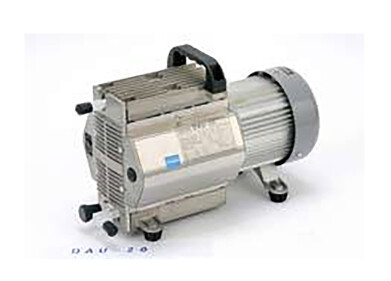Laboratory products
Automation based on image analysis with AI
Apr 04 2023
Whether sorting, testing or documenting - many tasks in laboratories can be optimised through the use of machine vision. In particular, companies that are just at the beginning of their automation project benefit from easy-to-use vision cameras that they can use as needed. IDS Imaging Development Systems offers a wide range of cameras for this purpose, with different interfaces, sensors, housing variants and even as an all-in-one AI vision system. After all, many companies lack know-how and time to familiarise themselves with the field of AI and use the technology for their needs. To remain successful in the long term, it is advisable to start exploring the possibilities sooner rather than later Industrial cameras take on a wide range of tasks, for example in in-line quality inspections and general quality control. Linked to the production line, they check the products for deviations or defects so that those products can be sorted out before they leave the production hall. Compared to the human eye, machine vision systems work faster, more accurately and more reliably, as they do not miss any detail even at high cycle rates. In addition, employees can be relieved of "monotonous" sorting and inspection tasks that are mentally challenging.
Why AI is breaking new ground in image processing
Industrial cameras with artificial intelligence (AI) go one step further. They open up completely new fields of application that cannot be handled by conventional image processing. While many robots do not understand their environment and can only work command-based, AI-based systems enable them to react adaptively. This capability becomes necessary, for example, when recognising and processing highly varying objects, such as organic objects. Colour, surface, size, weight or shape show a large variance in natural products. However, AI can be trained in such a way that a broad spectrum can be reliably recognised, categorised and therefore also processed. If, for example, fruit needs to be sorted on a conveyor belt according to different quality characteristics, an industrial camera like the IDS NXT rio and rome models with integrated image processing can precisely distinguish "good" from "bad" or even other classes on the basis of artificial intelligence.
Taking image analysis to the NXT level
How can a camera be taught to reliably detect deviations from the norm if they are not or not completely predictable? Rulebased image processing would have to capitulate – with the AI vision system IDS NXT, on the other hand, such a challenge can be easily solved from now on. In the new IDS NXT 3.0 release, IDS is making anomaly detection available to all customers as a third AI method, in addition to object detection and classification. It is even possible to only use "GOOD" training images. In addition, relatively little training data is required compared to the other AI methods. This simplifies the development of an AI vision application and is well suited for evaluating the potential of AI-based image processing for new projects. The AI vision system IDS NXT can be operated quickly and easily by any user group, even without in-depth knowledge of machine learning, image processing or application programming. It therefore offers an excellent basis for the intelligent use of image processing.
Digital Edition
Lab Asia 31.6 Dec 2024
December 2024
Chromatography Articles - Sustainable chromatography: Embracing software for greener methods Mass Spectrometry & Spectroscopy Articles - Solving industry challenges for phosphorus containi...
View all digital editions
Events
Jan 22 2025 Tokyo, Japan
Jan 22 2025 Birmingham, UK
Jan 25 2025 San Diego, CA, USA
Jan 27 2025 Dubai, UAE
Jan 29 2025 Tokyo, Japan





















